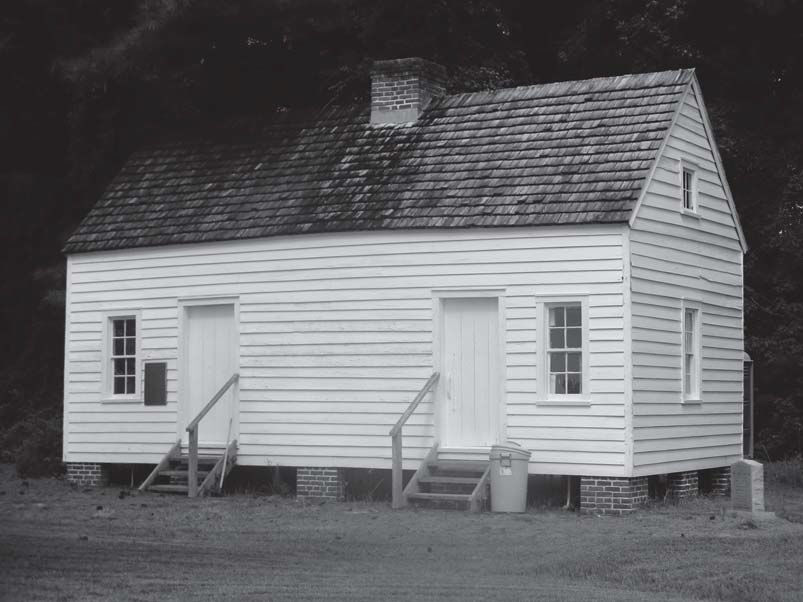Lee Hood's Mural is an Historical Look at Five Points in New Bern
- Charlie Hall, Journalist, NBSJ
- Apr 1, 2021
- 4 min read
Updated: Jan 2, 2022
The following article was written by reporter Charlie Hall and published March 30, 2021 in the New Bern Sun Journal with images by Norman J. McCullough.

There’s new outdoor art near downtown New Bern, at the intersection of Queen and Pollock streets – a five-way intersection, a block from the more well-known Five Points on Broad Street.
The historic depiction didn’t some suddenly. It’s actually a five-year work of popular local artist Lee Hood. He is known by many over the years for working on portable canvas around downtown and exhibiting in various galleries.
Hood has regularly painted images of New Bern residents, people seen in his travels while in the Army, and historical depictions. One of the most notable and recognizable is his piece entitled “Independence Day,” depicting an African American family moving with their belongings on a road to their future.

He took on the Pollock/Queen mural in 2016 – a historic street scene from the area in the 1930s.
He did so as part of Kathy Adolph's “Adopt-a-Block” program for the area. That began around 2010, upgrading and restoring historic value to the west end of the Pollock Street corridor, beginning at First Street and leading into downtown.

Hood began with his own paint, brushes and art supplies, grants and private funding. He sketched the overall mural of early 1930s buildings, automobiles, people, and the remarkable fountain that stood in the less-traveled intersection of that time.
But Pollock Street is a major link to downtown and the fountain gave way to better use of the space for vehicular traffic.
The mural site at 1201 Pollock St., is now home of the New Bern Mexican Bakery, owned by Raymundo Munoz. It is located in the triangle-shaped corner of the intersection.

Unlike a regular canvas piece, Hood said murals must capture the attention and share ideas with those who are driving through the area. Hood became a familiar sight to those who travel Pollock Street, working in his spare time and weekends. "It means satisfaction, seeing it through to completion," he said. "It was a journey, that came to conclusion and I saw the process come to fruition." The mural covers two offset walls of the bakery, on which he had to make his model - an old photograph - fit the space. The fountain is the focal point. It was a gathering place for local residents and families to what was a vibrant neighborhood with thriving businesses. They served all New Bernians, including African American and recent immigrants to the region. The fountain regularly drew walkers, especially on Sundays.
The photo shows women are in fine dresses, men are in suits and children also dressed for visiting relatives and family friends. Although Hood can create a painting for an audience in a relatively short time, he knew this would not be a quick work in depicting the authenticity of the era. Hood had the black and white photo with him each time he came to paint. The Pamlico County native and Army veteran also did a good deal of research to attend to

details. “I don’t want to give them something just thrown together,” he said early in the project. “I want to give them a work of art on the wall. I want to make it as close to historically correct as possible.”
His mural research included automobiles and even the clothing of the day. Some of the cars were identified as being 1936 and 1937 models.
"I don't think there was ever a time I didn't think it would be finished, it was just that the scale of it always posed challenges that I had to make adjustments and make it work for this canvas," he said.
He now has plans for another street scene mural on the Queen Street side of the bakery.
The fountain at Queen and Pollock was an intersection centerpiece, one of many installed around town in the early 1900s. “A few pictures of the fountain taken during the 1930s and 1940s were uncovered by the Rowe family, descendants of Lebanese immigrants that came to New Bern to start a new life in America,” said Adolph when the project began. “Many of the Lebanese families became successful merchants along the Pollock Street corridor."
She said the fountain was one of the historic items that went by the wayside with the automobile popularity of post-World War II. “We saw throughout the U.S. the removal of trolley cars, rails, etc., giving way to paved roads for cars,” Adolph added in a letter to revitalization supporters. “At some point during the early 1970s, New Bern removed the beautiful fountain and took out the trolley rails for the trolley which ran from Ghent to downtown."
Hood grew up in Bayboro and joined the Army and spent 29 years, including two decades on active duty. He spent his last seven years training soldiers prior to deployment to the Middle East, working at bases around the country. He’s drawn and painted since his childhood and continued during his Army career, which afforded him travel and an array of subjects. “It was an eye-opener for a young boy,” said Hood, who enlisted when he was 19.
Hood has exhibited his portfolio in the region. In Fall, 2019 the African American Heritage and Culture Center sponsored his exhibit in Gallery 919 at the former New Bern Arts and Wellness Center. Hood’s studio is located on Middle Street in downtown New Bern and his work is regularly seen at shows, in business and homes throughout the region.
Lee Hood's images currently appear throughout the AAHC website: www.AfricanAmericanHeritageandCulture.org.
Contact Artist Lee Hood directly at largebrushstrokes@gmail.com.
Charlie Hall can be reached at 252-635-5667 or 252-259-7585, or charlie.hall@newbernsj.com.




Comments